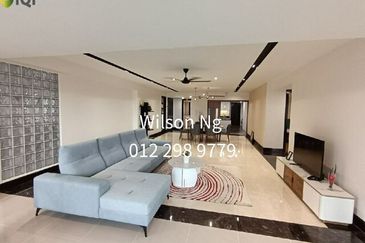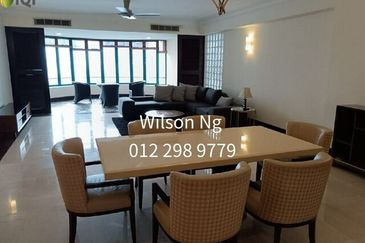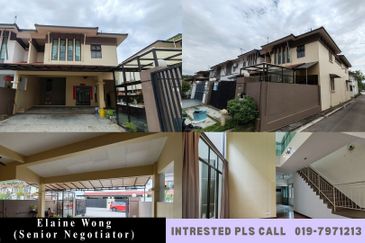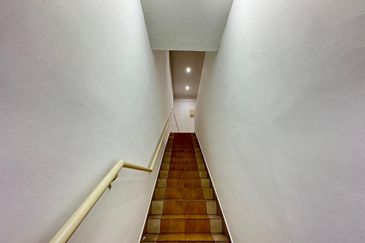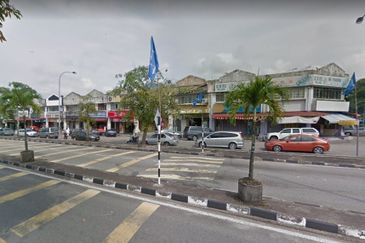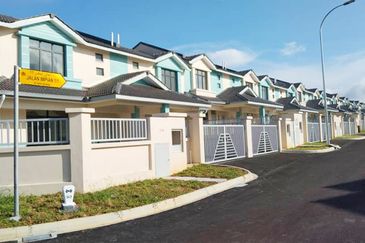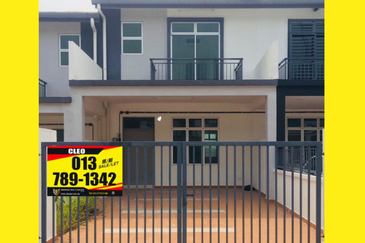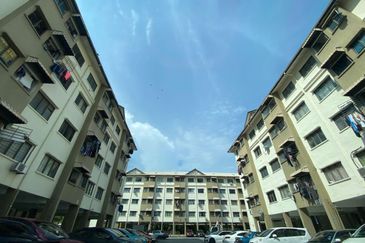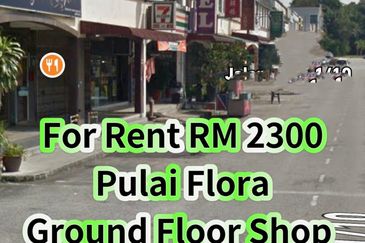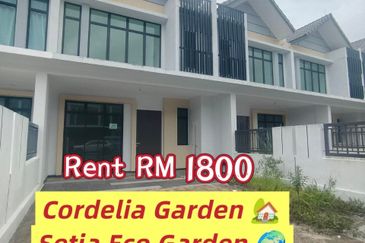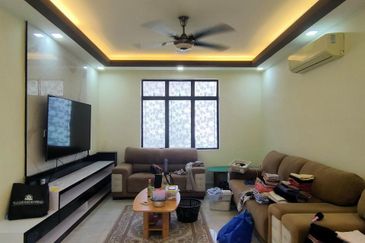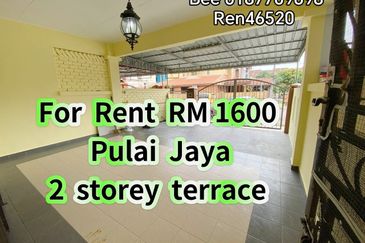
- According to UN-Habitat, cities of the future can accommodate at least 15,000 people per km², that is 150 people/ha or 61 people/acre, and we need to assess if our city meets that ratio in sustainable urban growth.
PETALING JAYA (Sept 5): Urban regeneration is high on the agenda this year as developers, town planners, architects and industry delegates reconvene at the 15th instalment of the World-Class Sustainable City Conference (WCSC 2024).
With climate change forcing us to rethink our city’s built environment, how will regeneration developments strike a balance in solving pressing challenges and make the most of what the city has to offer?
“The theme on ‘urban regeneration’ has been revisited many times over the years, but with a few things happening this year, such as the drafting of the Urban Renewal Act, we recognise that this requires holistic strategies and WCSC is one avenue to bring everyone together and generate more ideas to add to the resiliency of our city,” WCSC 2024 chairperson Tan Yee Seng told EdgeProp.my.
WCSC is a yearly event co-organised by the Real Estate and Housing Developers’ Association Federal Territory Kuala Lumpur (Rehda KL), the Malaysian Institute of Planners (MIP) and the Malaysian Institute of Architects (PAM). This year’s conference will be held on Sept 10 (Tue) at the M Resort & Hotel, Bukit Kiara, KL.
City should be inclusive
“A city should be diverse, relevant and most of all, inclusive. Urban regeneration allows a city to refresh itself because communities come and go,” added Tan, who is also Rehda KL’s deputy chairperson.
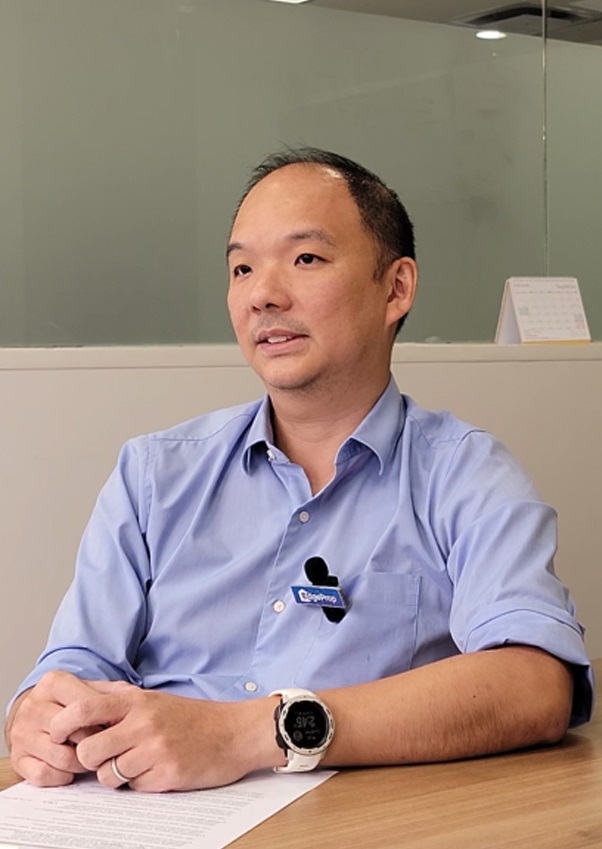
Reduced demand for old or underutilised buildings in the city poses wellness and safety concerns, which falls under the social aspect of ESG (environmental, social and governance). For cities to be resilient and sustainable, progressive transformation is essential.
“While necessary for improving living conditions and unlocking new values, regeneration must also consider the displacement of existing communities,” MIP honorary treasurer Datin Tpr Hjh Mazrina Datuk Abdul Khalid told EdgeProp.my.
“The focus is on providing inclusive solutions, whether housing or amenities, that keep people within the city,” she pointed out.
She added that urban regeneration guidelines are already in place and involves transforming identified brownfield and greyfield sites as part of the government’s broader strategy.
“Regeneration plans are also based on resources and capacities. Understanding density is key,” she said.
According to UN-Habitat, cities of the future can accommodate at least 15,000 people per km², that is 150 people/ha or 61 people/acre, and we need to assess if our city meets that ratio in sustainable urban growth.
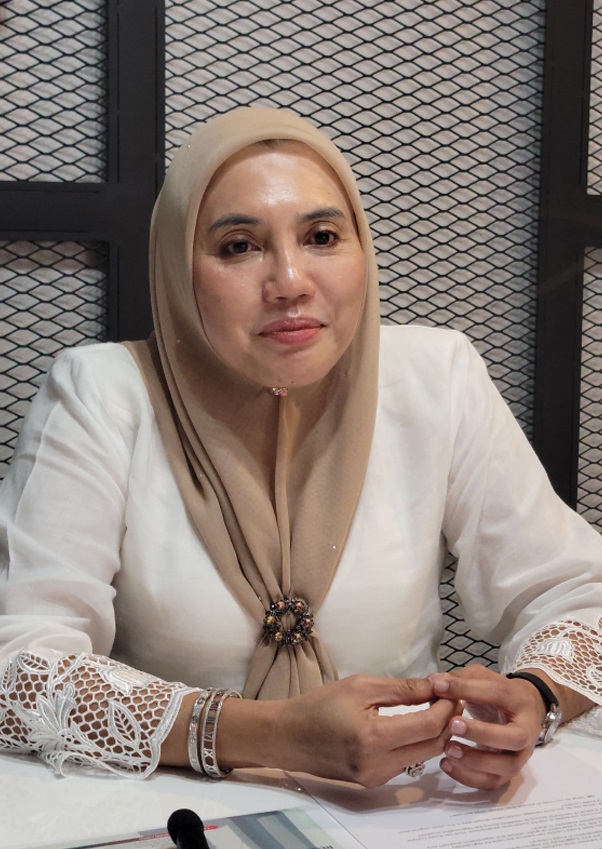
“Local authorities require multiple impact assessments to ensure redevelopment projects are suitable. It is not just about private facilities. Shared spaces are essential for communities to thrive,” added Mazrina.
Socially responsible designs incorporate green spaces
PAM council member Datuk Ar IDr Zulkhairi Md Zain emphasised that preserving parks and integrating green spaces is important for socially responsible design and development.
He cited Sentul as a successful example of urban regeneration that injected new life to an otherwise historical but abandoned site.
“On smaller scale projects, we are seeing more creative ways to incorporate greenery into buildings. The future of architectural landscape is to respond to climate changes, and the industry is continuously empowering professionals to work towards a global goal,” he said.
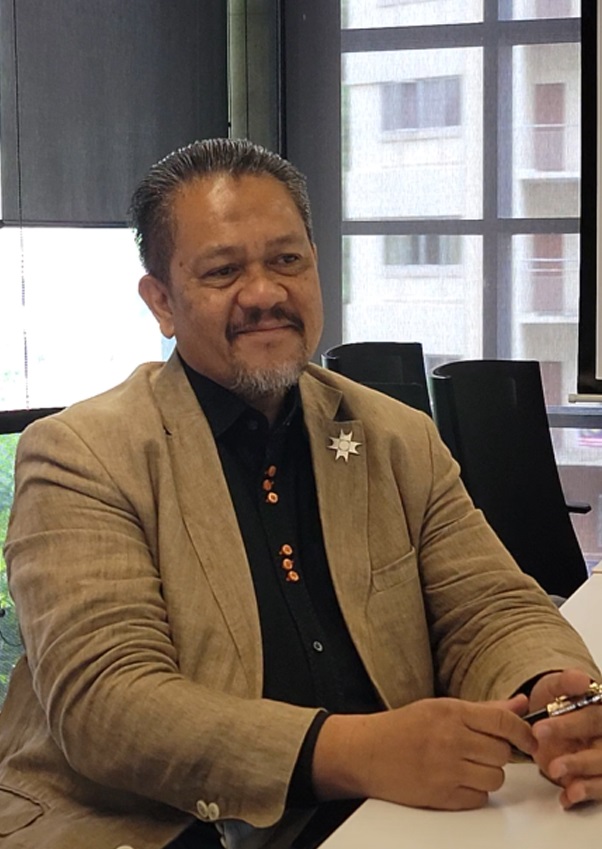
To preserve local heritage, adaptive reuse is also one way to repurpose ageing buildings.
“But it must serve a meaningful purpose, as adaptive reuse is pointless if the space remains unused,” he explained.
He added that connected design is key to encouraging social interaction and activity, with pathways and placemaking between locations helping to create an active flow of visitors.
Dialogues and stakeholder engagement is key
With the endorsement of Kuala Lumpur City Hall (DBKL), WCSC 2024 aims to address how the city should move forward in sustainable architecture and integrated urban solutions.
Keynotes will showcase studies from both local and international speakers like Yoshinobu Fukasawa from Kyushu Sangyo University, Japan; Marina Chung from Battersea Power Station Development Company, London; and YM Tengku Datuk Ab Aziz Tengku Mahmud from PNB Merdeka Ventures, Malaysia.
“We hope delegates will use this opportunity to leverage their insights as urban regeneration often involves lengthy engagement with stakeholders, the government, and the local community,” said Tan.
“The sessions will benefit not just local authorities but involve community leaders, engineers, planners, investors and the public to understand issues on urban regeneration. We hope the dialogues will encourage more participation in urban regeneration to unlock the value of our city while achieving sustainable goals,” continued Mazrina.
EdgeProp Malaysia will be supporting WCSC 2024 as a media partner. Do visit https://wcsckl.com/ to register and learn more.
TOP PICKS BY EDGEPROP
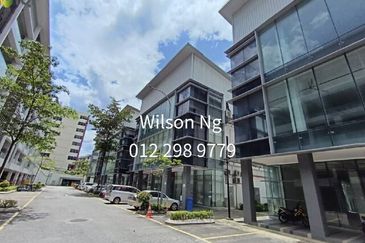
Hexa Commercial Centre
Desa Petaling, Kuala Lumpur

TAMAN CASAFABULOSA (HILLTOP 2)
Pantai Barat Selatan, Sabah
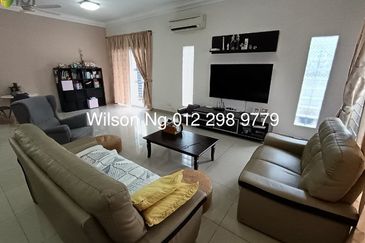
S2 HEIGHTS(SEREMBAN 2)
Seremban, Negeri Sembilan


